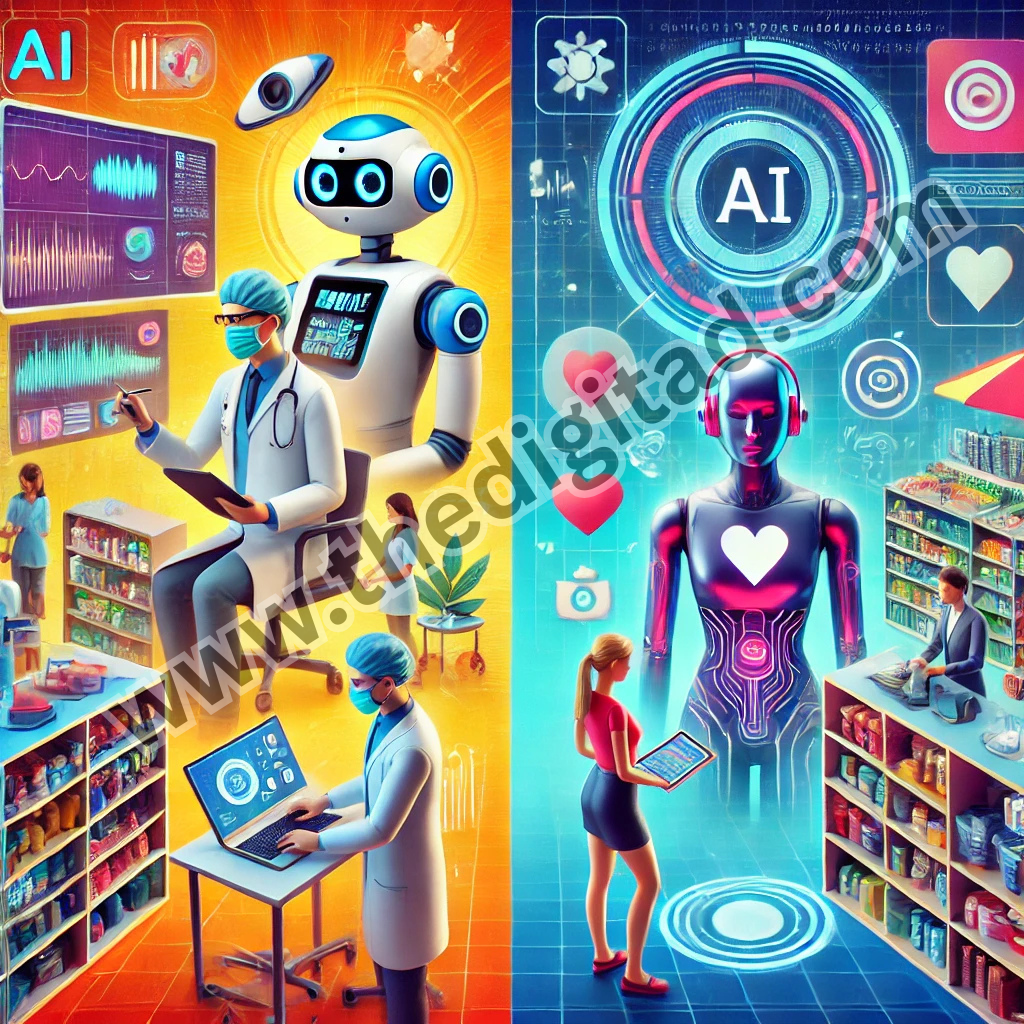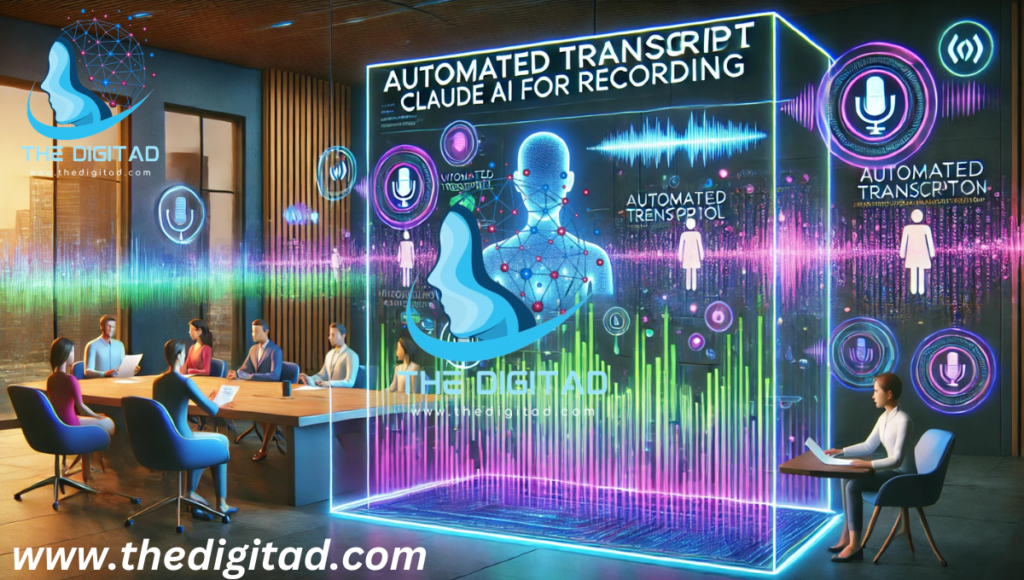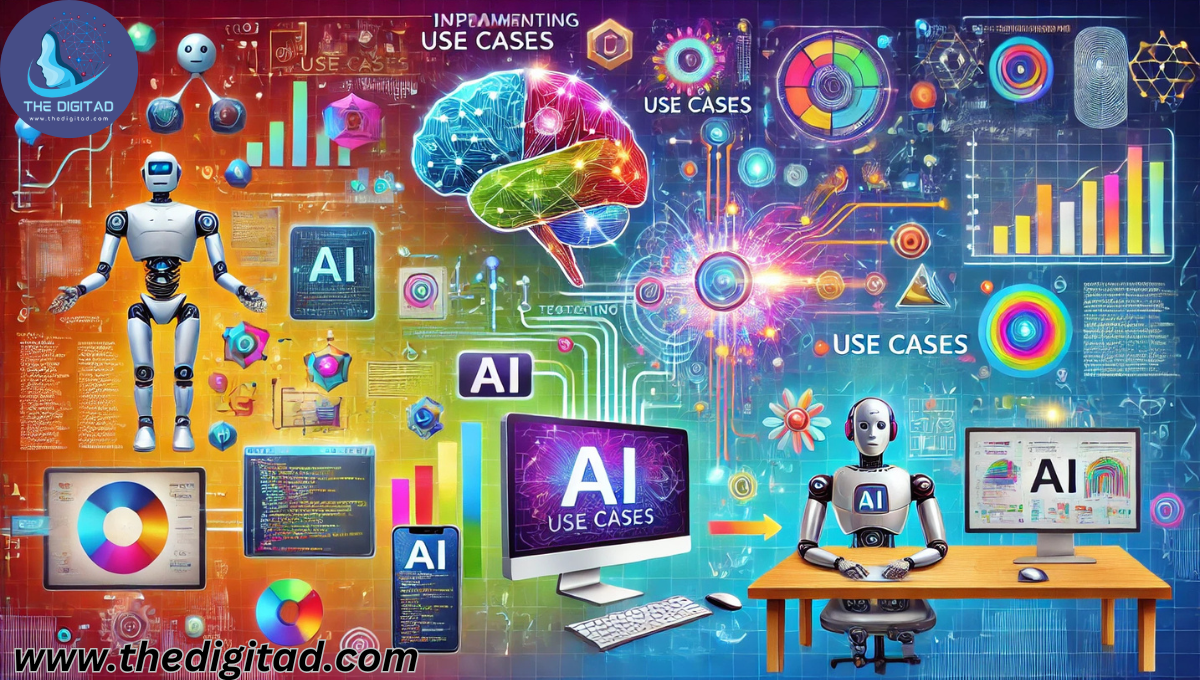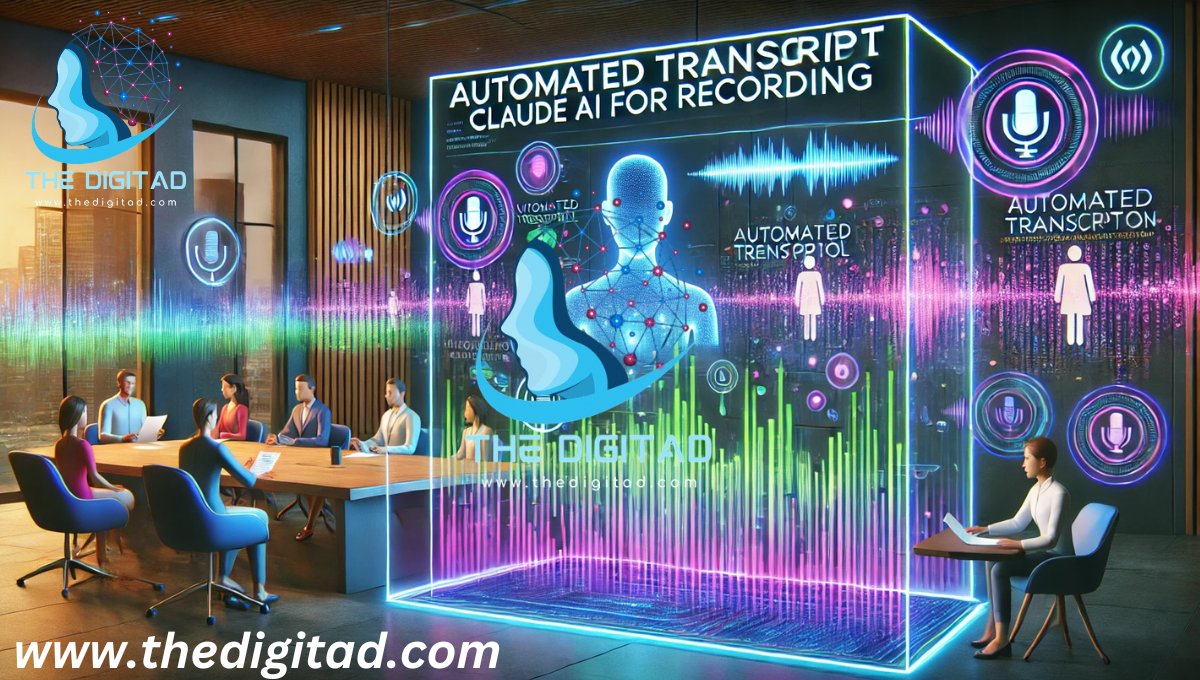How Do You Test or Implement Use Cases for AI?
Several sectors of the economy have contributed to the making of Artificial Intelligence (AI) as an important aspect. Management of processes and high scale data analysis is revolutionizing the running of businesses. But how do you test or implement use cases for AI effectively? Success relies on thorough planning, robust testing, and seamless implementation. This article explores these aspects in detail, providing a comprehensive guide to ensure AI delivers the desired outcomes.
Understanding AI Use Cases
Use Case refers to a problem or an opportunity that AI can be used to solve. It can be anything from making the customer support services automatic to improving the supply chain management. A structured method must be adhered to when testing and implementing these use cases in order to achieve precision and dependability.
Steps to Test and Implement AI Use Cases
1. Define the Objective
Begin by identifying the problem. Outline clear goals for the AI solution. Without a clear objective, testing and implementation will lack direction.
Example Use Cases
- Predicting customer churn for better retention strategies.
- Identify and analyses cases of fraudulent behavior in monetary transactions.
Make sure that your objectives are quantifiable and targeted.
2. Gather and Clean Data
AI systems rely heavily on data. Accurate data improves predictions and outcomes. The process of Data Cleaning pertains to eliminating duplicates, managing absent values, and consistently applying the formats.
Steps to Prepare Data
- Collect data from reliable sources.
- Remove errors and outliers.
- Ensure the dataset is diverse to reduce bias.
3. Select the Right Model
Different AI models serve different purposes. For instance, decision trees work well for classification tasks, while neural networks excel at image recognition.
Tips for Choosing Models
- Align the model with the type of issue.
- Consider computational resources.
- Opt for interpretable models when needed.
4. Train and Validate the Model
Training is the process of teaching the model using labeled data Validation ascertains that the model is capable of generalizing to new, unforeseen data. Use cross-validation techniques to measure reliability.
Best Practices
- Split the data into train and test sets.
- Optimize hyper parameters for better performance.
- Repeat training to avoid over fitting.
5. Test in Simulated Environments
Simulations mimic real-world scenarios. This helps evaluate how the AI will perform under different conditions. If needed, cover edge cases using generated data.
Key Testing Methods
- Stress Testing: Assess performance under extreme volumes.
- Regression Testing: Check that enhancements do not disturb current features.
- Usability Testing: Check user interaction with AI systems.
6. Monitor Performance Post Deployment
Deploying the AI model is not the final step. Continuous monitoring ensures the system adapts to changing environments.
Monitoring Checklist
- Monitor important parameters like as recall and accuracy.
- Update models regularly with new data.
- Use dashboards for real-time analytics.
Challenges in AI Testing and Implementation
Testing and implementing AI use cases can be complex. Here are some common challenges.
1. Data Quality Issues
Low quality or biased data can compromise outcomes. Addressing these issues requires additional preprocessing efforts.
2. Interpretability of Models
Some AI models, like deep neural networks, act as black boxes. This makes it hard to understand their decisions.
3. Integration with Existing Systems
Ensuring seamless integration with legacy systems is often a challenge. Compatibility testing and careful preparation are crucial.
4. Scalability
Scaling AI solutions for large scale applications requires robust infrastructure and resources.
Tools for AI Testing and Implementation
AI testing tools simplify processes and improve efficiency. Below are some popular options.
| Tool | Functionality |
| TensorFlow | Builds and tests machine learning models. |
| PyTorch | Provides flexibility for deep learning tasks. |
| Apache JMeter | Tests system performance under load. |
| MLflow | Tracks experiments and model deployment. |
These tools provide the foundation for effective AI testing.
Real World Examples

Real World Examples
AI in Healthcare
- Use Case: Predicting disease outbreaks.
- Testing: Data-driven models are constructed from historical information and examined in real life.
- Result: Accurate predictions improve resource allocation during outbreaks.
AI in Retail
- Use Case: Personalized product recommendations.
- Testing: A/B, testing measures the impact of recommendations on sales.
- Result: Enhancement in Customers’ contentment levels and increases in income.
Advantages of Thorough Testing
The effectiveness and dependability of AI solutions are guaranteed by extensive testing. Here are some key benefits.
Enhanced Reliability
Testing identifies bugs, errors, and edge cases, ensuring the AI system perform as expected under all conditions. This builds trust in its operations.
Accuracy
Validating processes ensure the AI model gives accurate predictions and action, avoiding errors that may bring about failure in a task.
Ethical Guarantee
Testing eliminates bias against the AI model, hence really fair and compliant with ethics rules and industry standards.
Regulatory Compliance

Proper testing ensures one adheres to legal and industry regulation plus avoids any associated penalties and reputational damage.
Prioritizing such factors will lead to the deployment of dependable AI, accurate and within the ethical standards for organizations.
Advantages and Disadvantages of AI Implementation
| Pros | Cons |
| Automates repetitive tasks | Requires significant initial investment |
| increases the precision of decision making | Issues with bias and data quality |
| Enhances customer experiences | Complexity in testing and deployment |
| Reduces operational costs | Demands skilled personnel |
Best Practices for Success
To ensure smooth implementation, follow these best practices.
- Involve Stakeholders: Collaboration across teams fosters alignment.
- Focus on Explain ability: Build models that stakeholders can understand.
- Adopt Agile Practices: Iterative development ensures flexibility.
- Test Continuously: Regular testing minimizes risks.
- Document Processes: Maintain records for future reference and audits.
Future Trends in AI Testing and Implementation
The field of AI testing and implementation is rapidly evolving. Here are some main trends shaping its future.
1. Explainable Artificial Intelligence (XAI)
There’s power in being open. It stresses openness concerning AI reasoning so as to promote trust and ethical standards. This shift will lead to the use of explainable structures.
2. Automated Machine Learning (AutoML):
The times are changing, and so is the development of AI. Automating machine learning (AIML) reduces the complicated and boring works like data preparation, model selection, and fitting the models to the novice in AI.
3. Edge AI
Processing AI tasks directly on edge devices reduces latency and enhances privacy. This is also the future for real-time applications such as autonomous vehicles and IOT devices.
4. Ethical and Responsible AI
Since AI is penetrating every walk of life; ethical considerations are becoming the very center.The organization is investing in frameworks for ensuring justice, accountability, and zero-bias AI systems.
Embracing these trends will enhance efficiency, scalability, and ethical reliability in AI applications.
FAQs
Q1: How do you test or implement use cases for AI in small businesses?
Start with a clear goal. Use open source tools like Tensor Flow. Before expanding, conduct small testing. Results should be regularly monitored.
Q2: Why is data preparation critical for AI?
Data preparation ensures accuracy. Clean data leads to better predictions. Poor data can cause unreliable outcomes.
Q3: What challenges arise during AI implementation?
Data bias, integration problems, and scalability challenges are among the difficulties. Addressing these requires thorough testing and planning.
Q4: Can AI testing be automated?
Yes, partially. Tools like Selenium and JMeter automate specific tests. However, in complex situations, human oversight is crucial.
Q5: How do you handle AI model biases?
Diversify training data. Use fairness metrics to evaluate models. Regularly audit models to detect and mitigate biases.
Q6: What tools are best for AI testing?
Tensor Flow, PyTorch, and MLflow are popular choices. They simplify model building and testing.
Conclusion
Testing and implementing AI use cases is a meticulous process. It begins with defining objectives and preparing data. Implementation goes well when the proper procedures and tools are used.
So, how do you test or implement use cases for AI effectively? Follow structured steps, leverage advanced tools, and prioritize continuous improvement. In this way, you can reap the benefits that AI has to offer, but responsibly and predictably as per the expected outcomes.
Read more Articles about AI & ML and other categories at The Digit Ad



















Post Comment